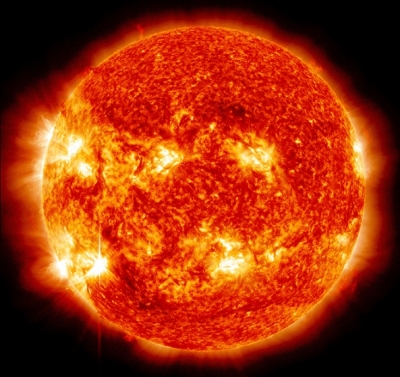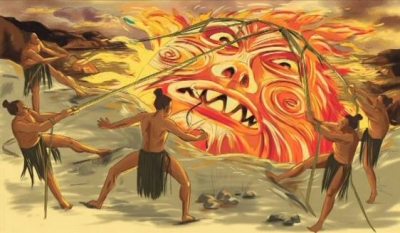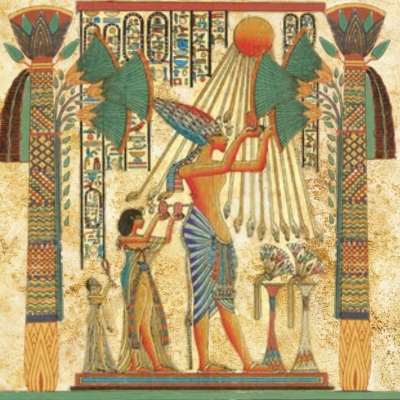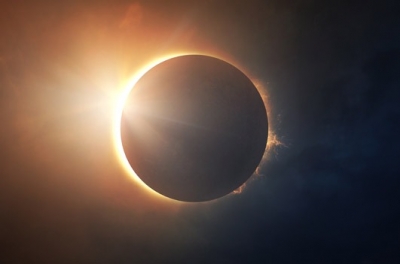What is the Mercury like?

Mercury, closest to the Sun
Mercury is the nearest planet to the sun. It is a bare rocky ball covered with craters, much like our moon. Also like our moon, Mercury has broad, flat plains and steep cliffs.
Mercury spins and has day and night, but it spins very slowly. One day on Mercury takes 59 Earth days.
Mercury is very hot during the long day. Temperatures there reach higher than 400 °C. At night, temperatures take a big dip, sometimes to as low as -170 °C!
Mercury has a bigger temperature change than any other planet. This is because it is closest to the sun, and because it has very long days.
Mercury is a small planet. It could fit inside Earth two and one-half times. There are hardly any gases surrounding Mercury, so it has very little atmosphere.
Mercury is much closer to the sun than Earth is. So if you were standing on Mercury, the sun would appear much bigger and brighter.
Of course, you could not stand on Mercury in the middle of the day or night because it is either too hot or too cold. But scientists have explored it with a spacecraft that had no people on board.
The U.S. Mariner 10 was the first spacecraft to reach Mercury. Mariner 10 was a space probe. A space probe is a machine that explores space and sends information and pictures back to Earth. Astronauts do not travel in space probes. Scientists on Earth use computers to control space probes. On March 29, 1974, Mariner 10 flew within 740 kilometres of Mercury. It swept past the planet again on Sept. 24, 1974, and on March 16, 1975. During these flights, the probe took photographs of parts of Mercury’s surface. The U.S. space probe Messenger was launched in 2004 and began orbiting Mercury in 2011. Messenger became the first space probe to orbit Mercury. Messenger began to map the planet’s surface and study its magnetic field.
Picture Credit : Google





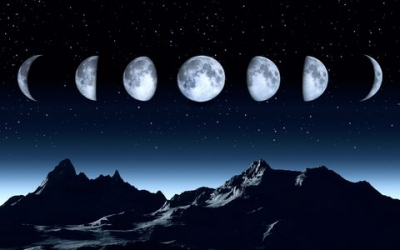
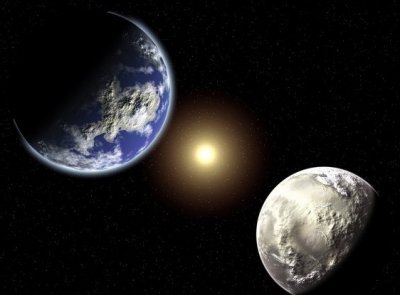
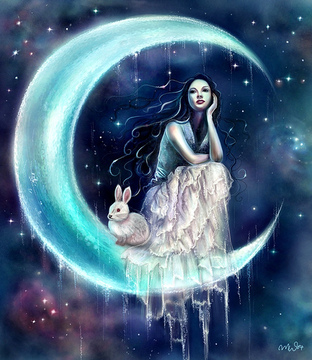
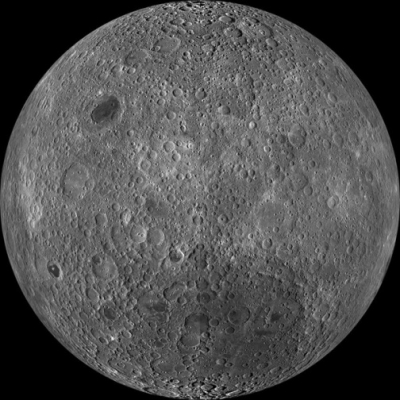 The Moon
The Moon 
